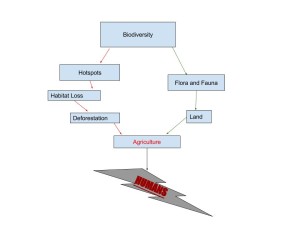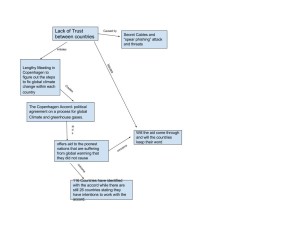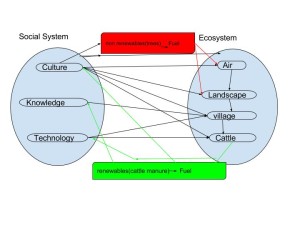1.The location of the case study I chose was Chad and Cameroon. The source of the information in this case study came from the University of Michigan. The link from which I was able to find the case study is http://www.umich.edu/~snre492/Jones/pipe.htm. The goal of this case study is environmental justice for the people of Cameroon and Chad. The World Bank, the government and the oil companies decided to construct a large pipeline through the local’s villages and forests. Their argument is that it will help the economic growth of these two areas and the people of Chad and Cameroon will have the opportunity for more jobs. This case represents the side of development that may not always be considered a good thing, environmental justice. The impacts that development has on the people and the environment while they run a large pipeline through their villages and forests is not in everyone’s best interest.
2.The Link that you can find the case study for question 2 is, https://sustainabledevelopment.un.org/index.php?page=view&type=400&nr=35&menu=35. If you want a direct link to the PDF copy the link is, https://sustainabledevelopment.un.org/content/documents/publication.pdf. The area that this case study was done was Tanzania, called the Lufumbu Village Water Project. The source of the information in this case study was published by the United Nations. The initial goal of this project was to be able to get water to villages that did not have an easy access to it. Once the villagers and the engineers completed the tasks of creating this process it also posed as a great benefit to their health, forests and the process of building homes. This case increased the health of these individuals, which in turn, could be the start of a higher life expectancy. This case also represents, end uses. The end use of creating access to water in their villages was the output of agriculture which in turn will keep the villagers healthier. The task of creating a water system in this village helped the village thrive and be able to be profitable with their crops, become healthier due to better nutrition and water and time management.
3.The location I used to connect to these two cases is Fort Worth, Texas. The first case I picked was about the creation of a pipeline, which to the government, investors and oil companies was a great idea but to the communities it had a lot of disadvantages. This is similar to where I live because we have so many wells in our area which the companies and investors see it as a success but to those living near those wells see the problems in these developments. The second case was about a village creating access to a water supply. This case does not relate to where I am from since we have access to clean water daily. In some small communities in the metroplex, the only source of water is contaminated. The only way for them to have drinkable water is purchasing cases of water to eat, shower and drink. What could be learned from the Village is that if everyone pulls together we could create a project to help cut out the contaminated water in these communities. Examining the place where these cases exist is important to help better understand the resources that they do or do not have readily available and how ideas can be implemented. The time matters in development because some developmental goods or bads could have a desperate need to be implemented in order to solve a dire problem.






